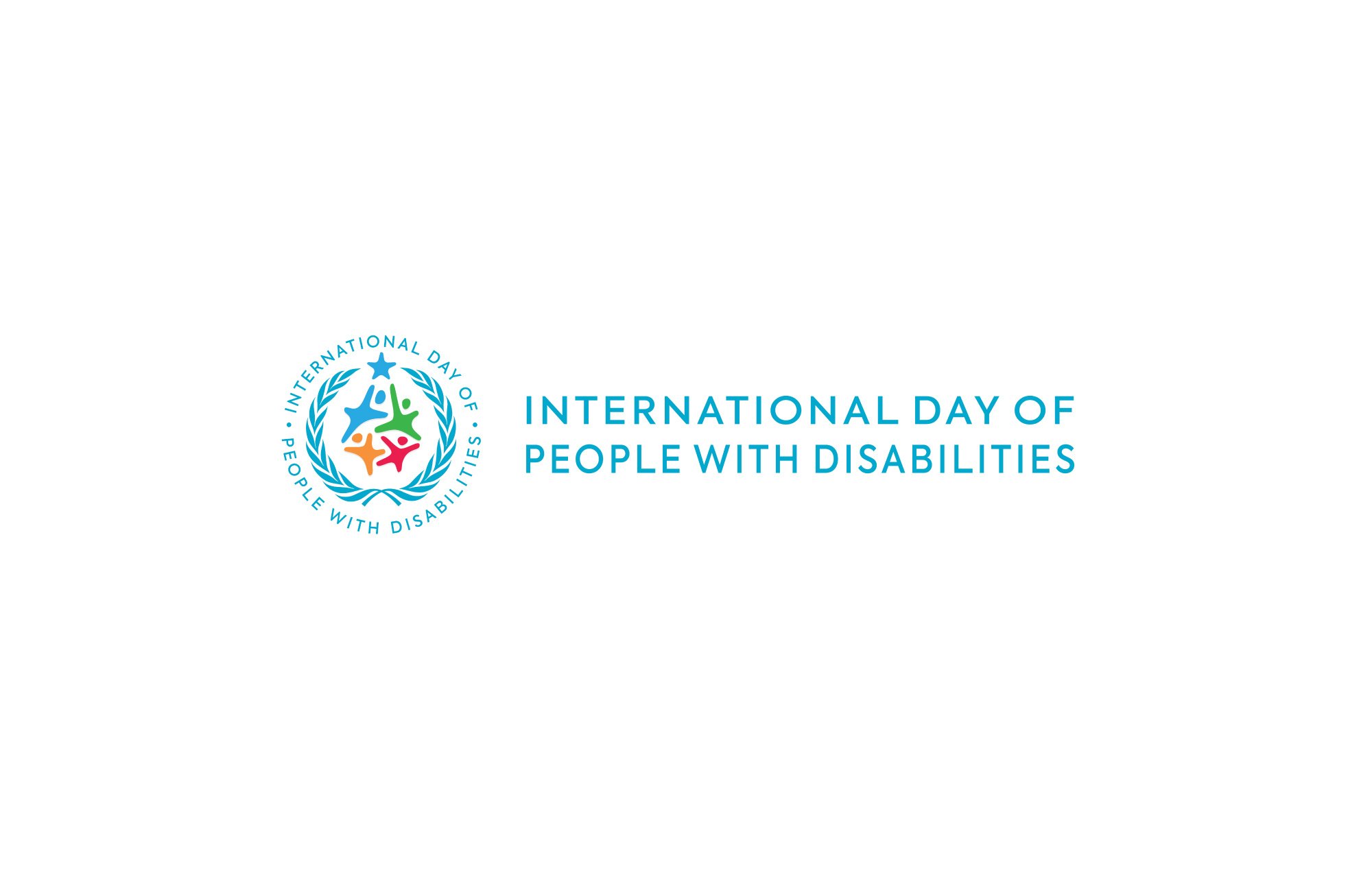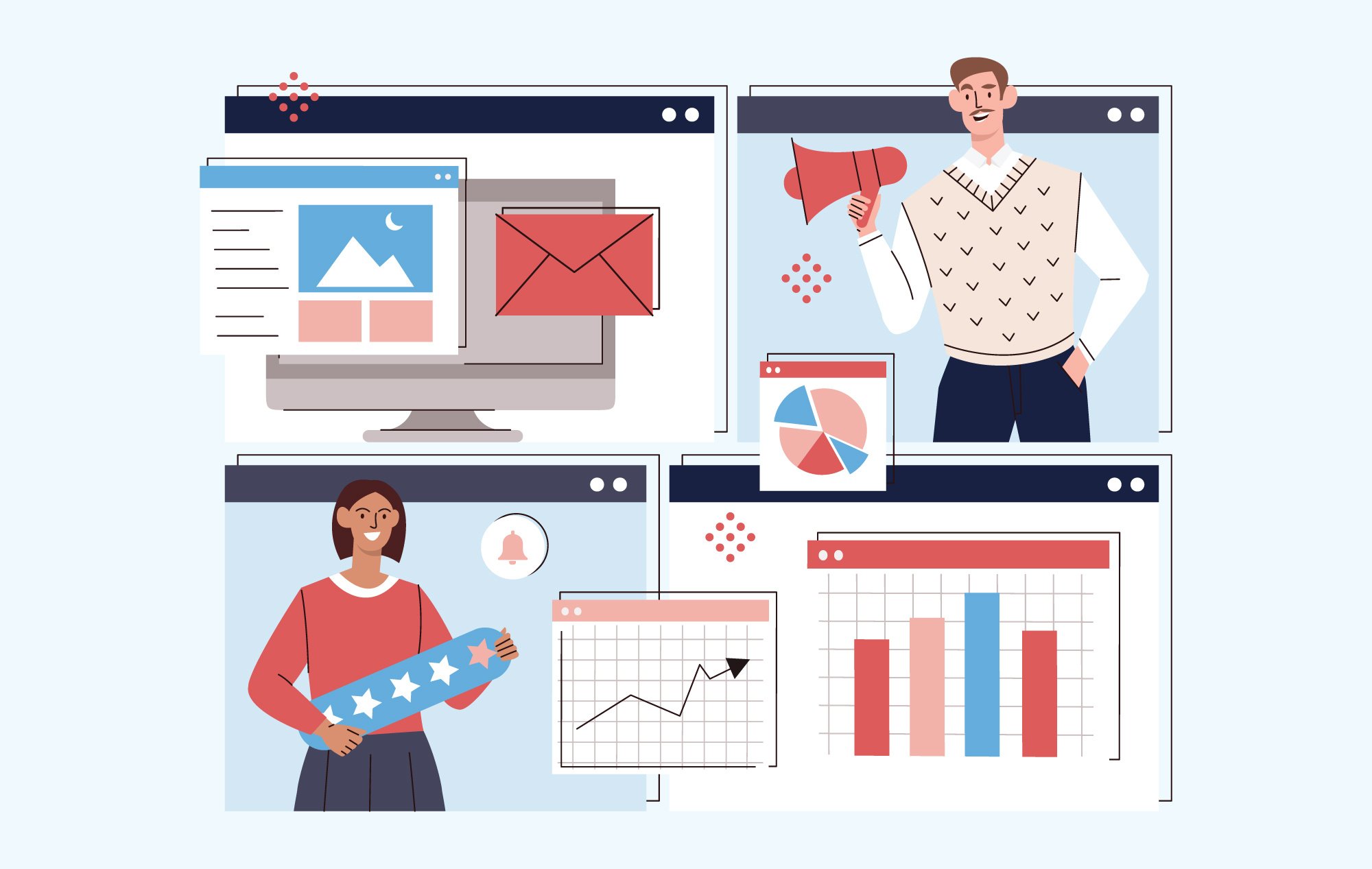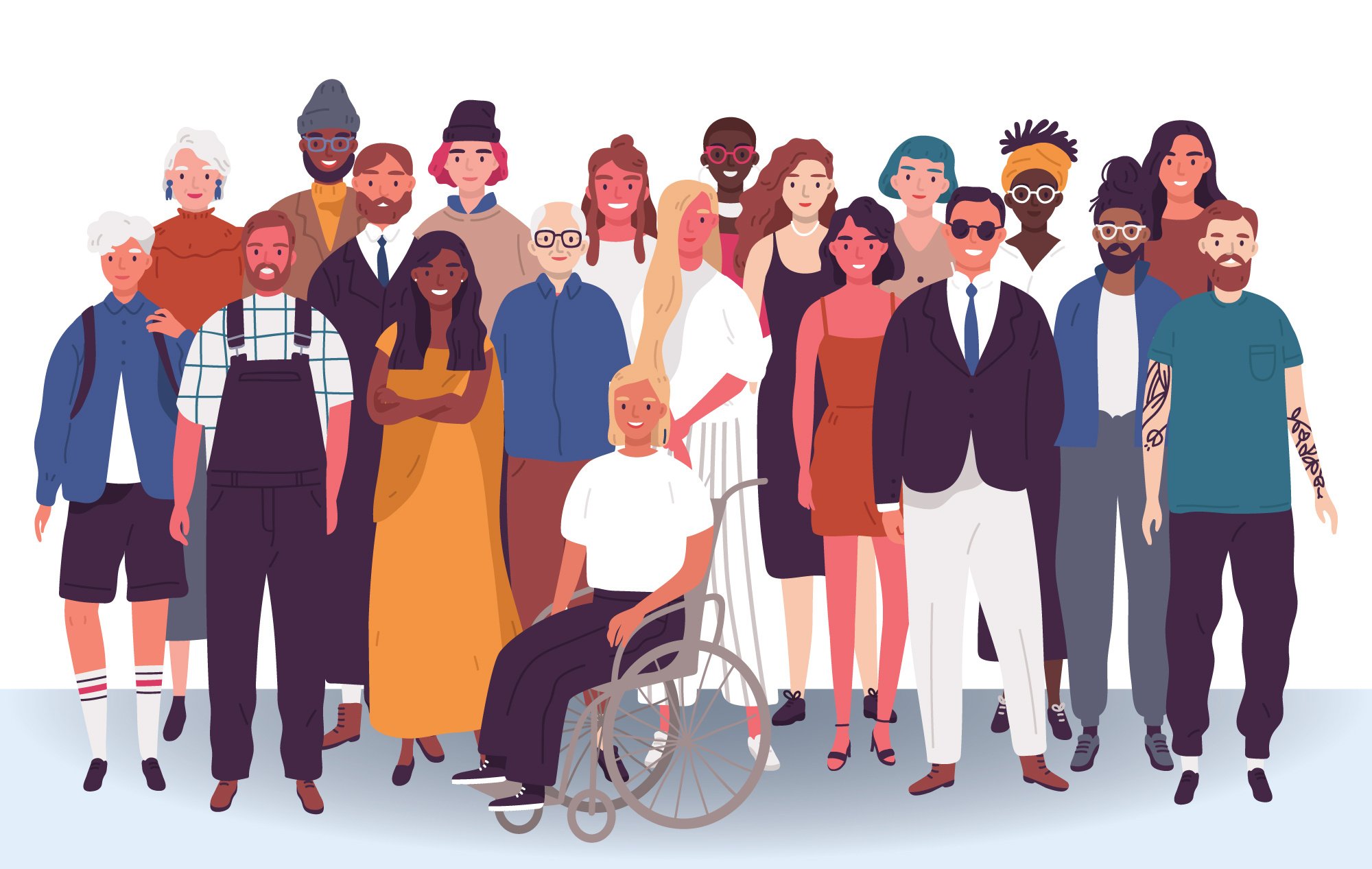Developments in artificial intelligence have only sped up in the past year since the release of AI content-generation tools such as ChatGPT, Bing Chat, Google Bard, and YouChat, to name a few.
Hundreds more AI tools have proliferated, as well, augmenting everything from graphic design, editing, website design, coding, inbound marketing, researching, image generation, and even music creation.
Historically, technological advancements have dramatically increased accessibility for people with disabilities. Just reflect on the incredible boon the recent expansion of remote work opportunities has been for professionals with disabilities, for instance.
In the realm of written content creation, AI is scrambling the industry.
But for accessibility-minded content creators, what implications does AI-generated content hold for the disabilities community?
Accessibility Issues With AI-Generated Content
Since AI relies on deep learning—studying real-life examples of human writing—to form text it predicts you’ll want, AI-generated content will often recreate accessibility issues that have plagued us for decades. In a word, it can perpetuate exclusionary language or depend on language models that are frustrating for people living with disabilities.
Plus, it may not abide by other global standards for accessible design.
Reflecting Language Preferences Is a Tricky Task for AI Tools
For instance, AI processes how humans have used language in the past. In fact, some AI tools are only scouring online information from up to two years ago. So, it may not account for recent shifts in language. Although people-first language was introduced in the 1980s, its usage has increased significantly in recent years.
Will AI tools integrate all of that progress?
In most cases, AI language models are likely to catch longer-standing changes, such as people-first language, but what about more unsettled language shifts currently underway? Depending on the language you input when generating AI content, you’re just as likely to get “autistic” or “has aspergers” as you are “neurodivergent” or “on the spectrum.”
Plus, given how much the language you use depends on someone’s personal preferences, AI tools often can’t detect which terms are more appropriate in a particular context.
Although people-first language is generally recommended by the “Disability Style Guide” maintained by the National Center on Disability and Journalism at Arizona State University’s Walter Cronkite School of Journalism and Mass Communications, disagreements over terminology remain.
For instance, some professionals with disabilities prefer being described as an “autistic person,” because autism is so endemic to who they are as a person, while others self-identify as “a person with autism,” because they feel they are so much more than their medical diagnosis.
That’s one reason why human judgment is vital when using AI tools as a writer.
AI Chatbots May Not Abide by WCAG Norms
Of further concern, AI tools may not align well with Web Content Accessibility Guidelines (WGAG), a collection of design protocols intended to make digital experiences more accessible for people with disabilities.
It’s only been in recent years that organizations have started to embrace a “shift left” mentality, prioritizing accessibility when crafting content or designing digital platforms, such as websites or apps.
(Sadly, even many government agencies are lagging behind regarding accessibility.)
While AI chatbots may benefit from utilizing neutral language, this doesn’t preclude them from drafting long paragraphs, which can create barriers for people with disabilities, including those who rely on screen readers or people with learning disabilities or other cognitive impairments.
These longer paragraphs are often not easily comprehensible. And that runs counter to inclusive design.
Understandability is a central tenet of WCAG. This entails implementing so-called “unusual words” with caution, offering supplemental reading when content is more sophisticated than a lower secondary education level, and providing pronunciation immediately following more complex words.
These are just a few ways AI fails to fully accommodate people with disabilities, but there are a few things you can do as a writer to ensure your content remains accessible for all people.
Ways to Improve Accessibility of AI-Generated Content
AI-generated content certainly has its limits, but when AI tools are employed by capable human writers, you can draft blogs, emails, articles, or essays at a faster rate while still connecting with your readers.
Most importantly, it will take additional revising from you to rectify AI missteps and refine your copy.
Here are a few ways you can improve AI-generated content to be certain it’s more accessible (and more inclusive).
Reorganize Paragraphs
As previously mentioned, AI writing tools will sometimes draft long, cumbersome paragraphs, with complex syntax or structure, alienating readers with disabilities—especially those with learning disorders or cognitive impairments.
To remedy this, shorten paragraphs to a few sentences totalling no more than 75 words. This will not only make reading more comprehensible to readers with disabilities, but create a superior experience for digital readers, in general. The frequent breaks between paragraphs give them enough time to pause and process before they continue reading.
Long paragraphs feel rather daunting to many readers.
Furthermore, integrating more subheadings or section headers into your blog or article enhances its readability, as well.
Manage Abbreviations Appropriately
Acronyms and abbreviations are additional taxes to a reader’s comprehension. And AI tools don’t always know when to define acronyms or abbreviate terms, either.
It’s a good rule of thumb to always spell out acronyms the first time they appear and to include them in parentheses, such as “Disability Employment Awareness Month (DEAM).” When introducing acronyms or abbreviations, don’t hesitate to add an explanatory qualifier, giving readers further context.
It saves readers a bit of mental energy when you can explain or remind them what an acronym or abbreviation means, such as describing what a particular organization does.
On occasion, an AI chatbot may go overboard with explaining or defining abbreviations and acronyms. Ultimately, you know your audience best, so it’s up to you to determine when they’re appropriate and not.
Employ Alt-Text With Images
Alt-text is a fundamental of accessible content creation. If you’re looking to ensure your blogs, articles, or web pages are fully available to people with disabilities, whether you utilize AI-generated content or not, alt-text is an essential element.
In fact, you can even use AI tools, such as Bing Chat, to draft alt-text for your images.
Maintain a Human Review
AI tools can formulate rather impressive, albeit, well, formulaic, content. To get it up to a satisfactory standard still requires a human review before it’s sufficiently accessible and engaging.
Even for writers that become very adept at instructing AI tools on the content they want created, there’s going to be a not-insignificant degree of revising that’s needed.
For instance, you have to fact check AI-generated content because chatbots and other machine-learning applications are prone to “hallucinate,” an incident when AI tools produce misinformation that seems legitimate because it’s delivered in such a straightforward manner.
Additionally, AI-generated content is currently not all that great at SEO strategy (though they’re improving). Nonetheless, SEO is another skill writers bring to the table when refining a blog or article to rank higher in search engines. And even with AI tools dedicated to SEO, you still have to make the informed decisions around what to write about and how to connect each piece of content with an overall strategy.
And, again, you have to be certain it fully complies with web accessibility best practices, as well.
Just remember: Ultimately, the responsibility to craft engaging and accessible content falls on you. You are the writer. You are the one with the real-life knowledge needed to effectively write content everyone can access.
AI opens up many new possibilities. But those can only be fully realized with a seasoned and adaptive writer at the helm.
InclusionHub is a crowd-sourced, online resource raising awareness about accessibility and disability issues. Contact us today to learn more or join this important endeavor.






Leave a Comment